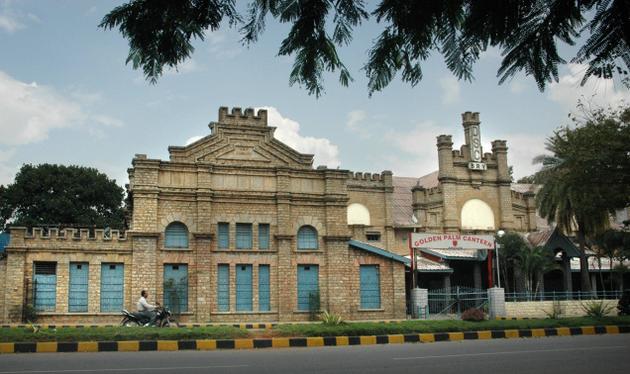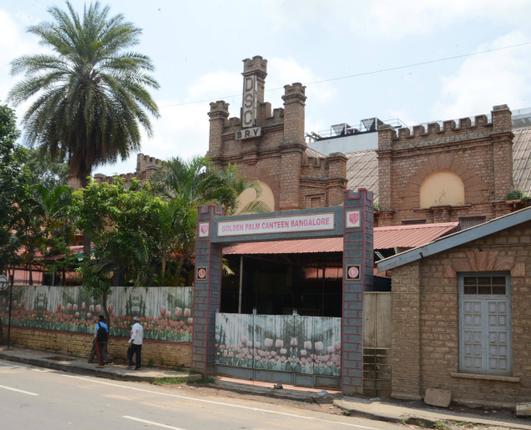
Title : Modern Education and Social Change’ / Author: Dr. M.R. Ravi / Pages : 216 / Price : Rs. 180 / Publisher: Samvahana, Mysore
Modern Education and Social Change’ is an interesting book which focuses on the advent of modern education in the Princely State of Mysore from 1881 to 1947, when the British left India. The book is a part of doctoral study of Dr. M.R. Ravi, who wrote a thesis about modern education in the Princely State of Mysore during the 66 years prior to Independence.
Dr. Ravi, a senior KAS officer serving as the Additional Regional Commissioner in Mysore, narrates about the pivotal role played by Nalwadi Krishnaraja Wadiyar in taking modern education facilities to the poor and depressed, for whom it was a luxury then.
The Maharaja not only established the University of Mysore with separate schools for the Panchamas (depressed classes), but provided reservation for backward class people in government jobs, implemented social legislations like widow remarriage bill, abolishing child marriage, encouraging girls to get educated and providing forum for fair and democratic discussion through the Mysore Representative Assembly. He also built the Krishnaraja Sagar Dam which now quenches the thirst of millions of people, apart from irrigating thousands of hectares of land in Karnataka and Tamil Nadu. It is also a hydel project.
Mahatma Gandhi, recognising the administrative reforms and social concern of the Wadiyar, called him Rajarshi (saintly king) and his kingdom was described by him as Rama Rajya, an ideal kingdom akin to the rule of Lord Rama of Ayodhya.
Author Dr. Ravi, who had worked as a Sub-Editor in Star of Mysore from 1988 to 1992, appeared for KAS exams and emerged among toppers through sheer hard work and determination. This is when he realised the importance of education and wondered how many children in rural regions, despite having latent talents, lead lives of penury for want of proper education facilities.
Prof. B. Sheikh Ali, former Vice-Chancellor of Goa and Mangalore Universities, who wrote the Foreword for this book, says that the author’s thrust is on mass education, focused particularly on depressed classes and women, pivoted in and around Mysore.
Prof. Ali gives credit to the Wadiyar dynasty of Mysore, particularly to Nalwadi Krishnaraja Wadiyar, for the political will that metamorphosised the education scenario in the princely province during the end of 19th century till the mid-20th century.
Prof. Ali writes that the book discusses improvement in the position of women in the State of Mysore.
“Woman is the masterpiece of God’s creativity. Man is energy, woman is love, man is duty, woman is beauty, man is muscle, woman is mercy, man is thinking, woman is feeling. Woman bears the child and perpetuates the human race. Yet at all times, in all places and all cultures, woman has been denied her rightful place,” says Prof. Ali.
Dr. Ravi narrates about how a Brahmin reformer named Gopalaswamy Aiyer, during 1910s, championed the cause of depressed classes in Mysore. As a member of the Mysore Representative Assembly, he countered the attacks and criticisms against the Panchamas by other members of the Assembly and advocated for opening two kinds of schools, one for vegetarians and another for non-vegetarians. He also suggested that the village committees in every village may decide on the kind of school and whether or not the Panchamas must be admitted – a move similar to decentralisation of powers.
An interesting and informative read interspersed with intriguing historical facts, the book also has rare pictures of schools and colleges of yesteryears in Mysore.
About the author
Born and brought up in Mysore, Dr. M.R. Ravi is a multifaceted personality. He has secured 8th rank in BA, followed by gold medals in his Master’s in History and English literature. He has been awarded Doctorate Degree from the University of Mysore.
As a KAS officer, Dr. Ravi is known for people-friendly approaches in solving problems. His 22-year-long public service is spread across 19 districts of Karnataka. Ravi began his career as a journalist and later became a lecturer. Known for integrity and simplicity, Dr. Ravi is an excellent orator who believes in the principle of ‘be good and do good.’
source: http://www.starofmysore.com / Star of Mysore / Home> Feature Articles / May 30th, 2014






